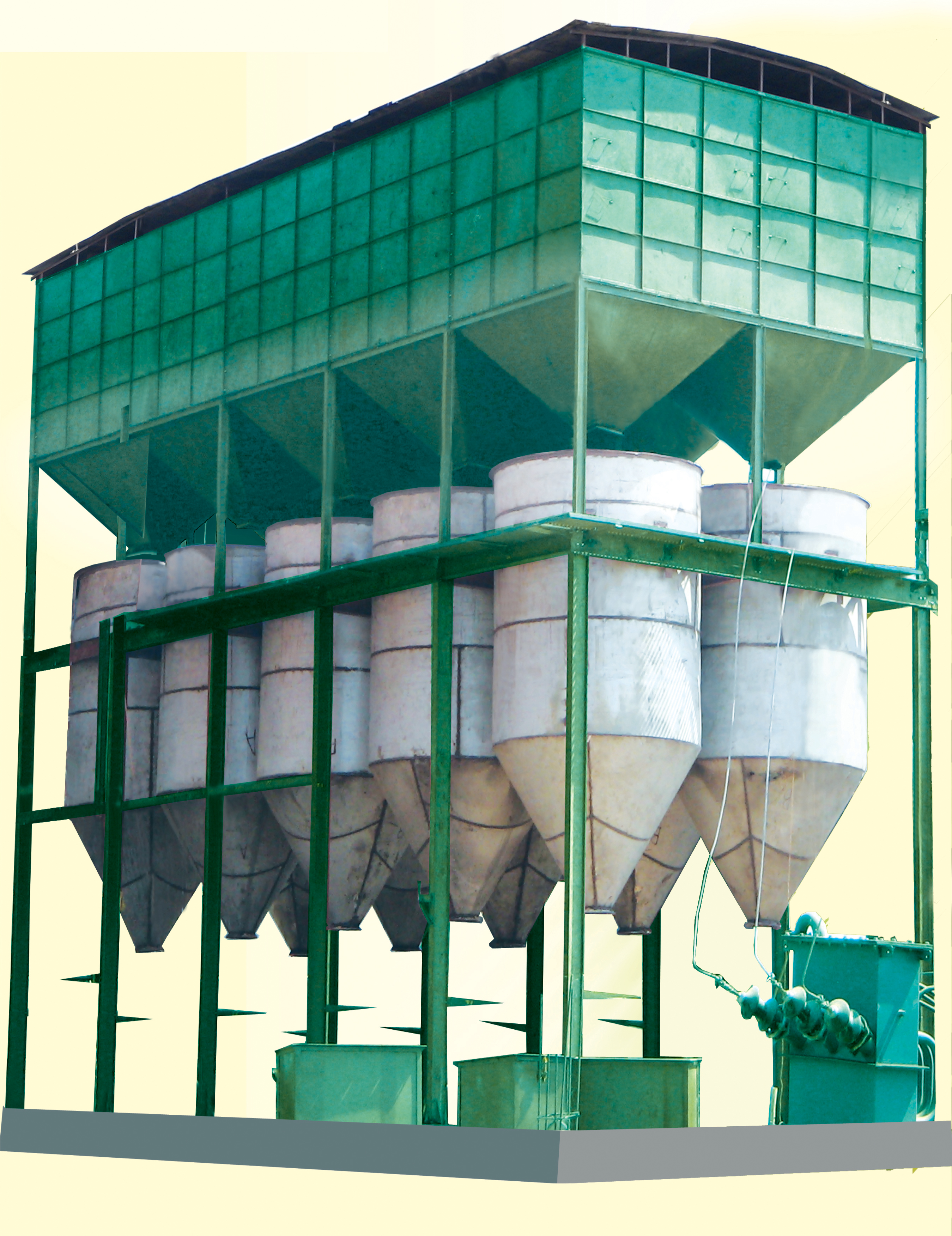Soaking



The main objective of soaking is to achieve quick and uniform water absorption. The lower the water temperature the slower the soaking process. However, temperature should not exceed the gelatinization temperature or the paddy will be cooked. Gelatinization is the process by which starch granules change to a gelatinous or jelly form, filling the voids and cementing the fissures in the grain. Soaking time can be reduced by first subjecting the paddy to a vacuum for a few minutes or by soaking it under pressure in hot water.
Paddy soaked in water at ambient temperature (20-30°C) will take 36 to 48 hours to reach 30% moisture content. In hot water (60-65°C), it will takes only 2 to 4 hours. If soaking time is too long, part of the rice dissolves in the water, the seed begins to germinate, and starch fermentation occurs.
Water temperature and length of soaking time affect the solubilization of substances in the rice as well as color, smell, and taste. The mineral content, sulfides, and pH of the soaking water also affect the results of the process. During cold soaking, starch fermentation occurs because of respiration of paddy grains and the release of carbon dioxide. Fermentation can cause an off-flavor and can lead to excessive development of fungi and other microorganisms in the paddy. Aflatoxins may also develop beyond permissible limits. Therefore avoid soaking paddy in cold water.
During hot water soaking (60-65°C),the grain absorbs moisture faster and reaches a moisture level of 30-35% in 2 to 4 hours depending on the variety. Respiration and fermentation are restricted. The shortest period of soaking time is achieved by maintaining a constant water temperature. This requires continuous recirculation and reheating of the water. Hot soaking keeps the grain at a higher temperature which will reduce the steaming time needed to complete the process.
After soaking is completed, the water is drained and moisture should be about 30% for either cold or hot soaked paddy. The amount of water required for soaking paddy is about 1.3 times the weight of paddy, or 1,300 of water for each ton of paddy.


